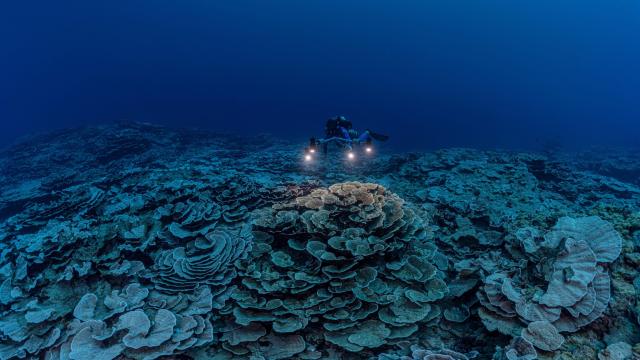A “work of art” has been discovered in the South Pacific. But rather a canvas, this one is under the sea. It’s a sprawling coral reef that looks like a beautiful, otherworldly rose garden. Bonus: The reef is surprisingly healthy.
Scientists first discovered the reef in November, and released photos and videos of their exploration of the reef this week. The reef, researchers say, is one of the largest and healthiest left on the planet. They called its condition “unrivalled” in a time when many other reefs are suffering and dying due to rising ocean temperatures and acidification.
“For once, it’s a positive story about coral reefs in the news, which is quite rare these days,” Julian Barbiere, UNESCO’s head of marine policy, told CNN.
The Reef Is Surprisingly Healthy
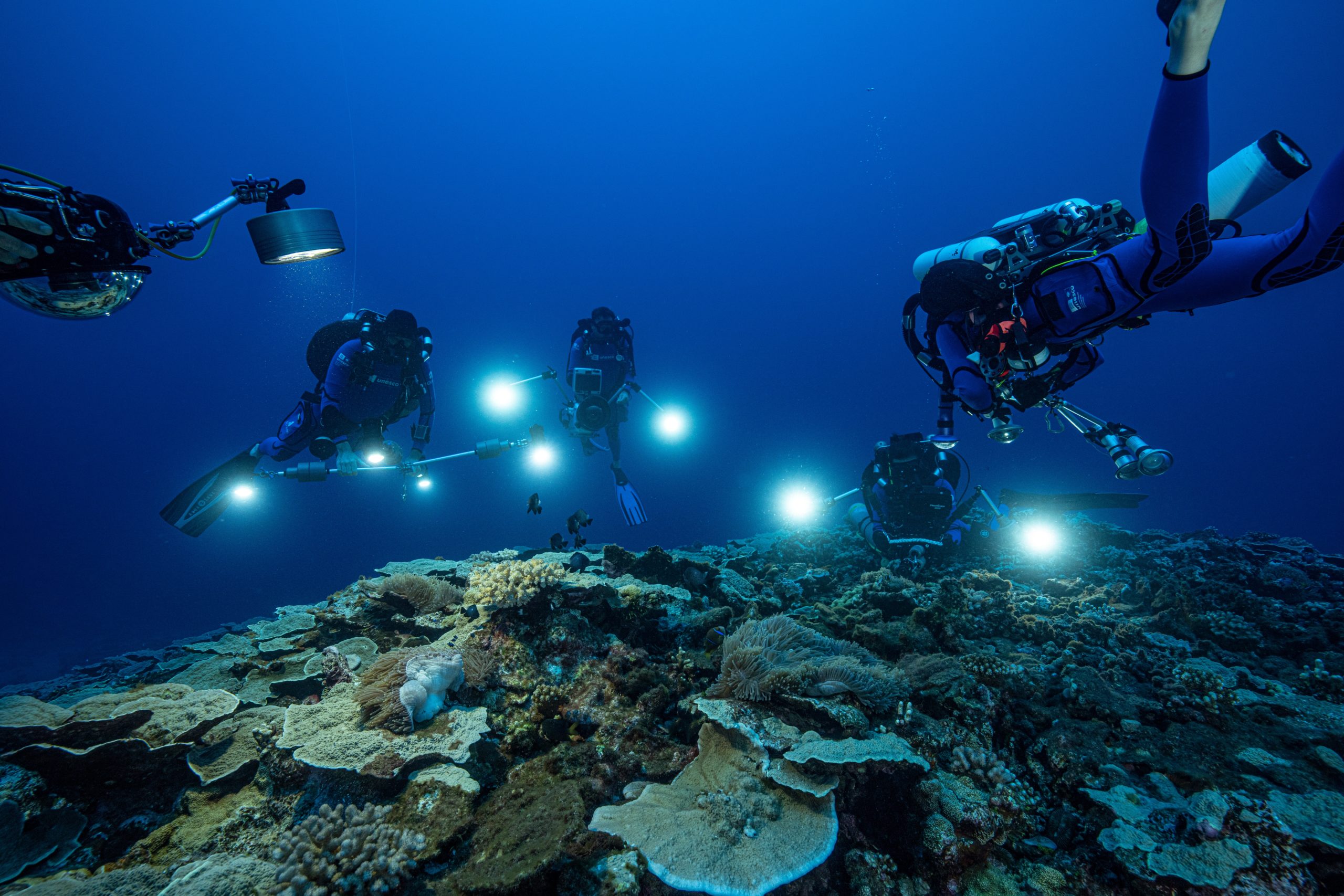
The reef is located in the Pacific Ocean off the coast of Tahiti and runs for 3 kilometres. It’s especially visually striking due to its unique shape, resembling a massive bed of underwater roses. Some of these coral “roses” are more than 2 metres across.
It may seem strange that such a big and thriving coral reef could have stayed undiscovered for so long — especially given its proximity to Tahiti, a popular tourist destination known for its vibrant reefs. But this stretch of coral was discovered at depths of 30 to 70 metres, much deeper levels of water than where corals usually flourish.
It’s Been Thriving for Decades
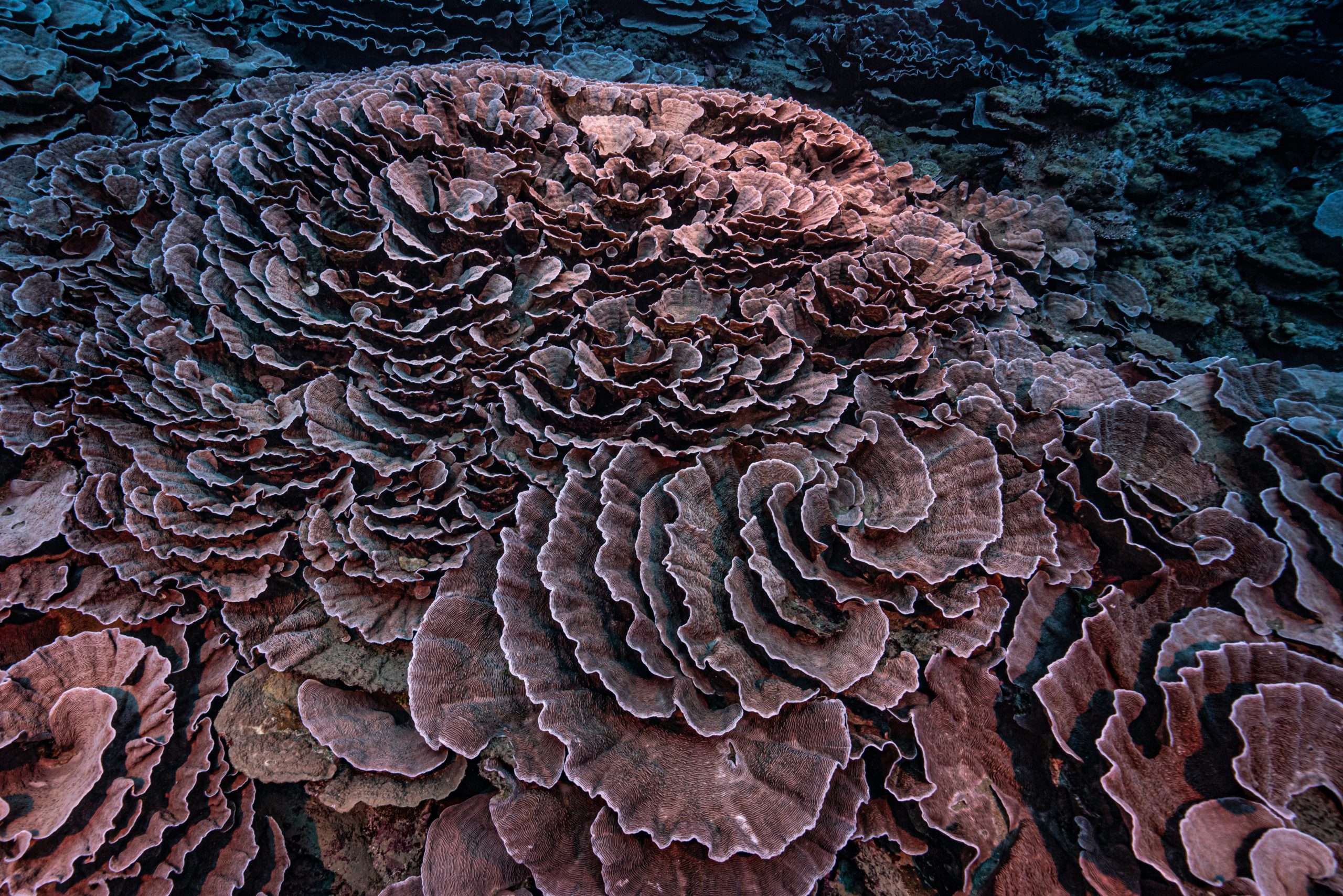
Reefs the size of this one can take up to 30 years to grow so large, researchers say, which indicates the reef has been thriving for several decades. Some researchers on the expedition said they could see signs of this reef spawning.
Scientists discovered the reef in a part of the ocean known as the mesophotic zone. The region is sandwiched between the shallower parts of the ocean that receive regular sunlight and the deeper, darker parts of the ocean. (“Mesophotic” is an amalgamation of the Greek words for “middle” and “light.”) This zone is the deepest part of the ocean that sunlight can penetrate. It has much less light than shallower waters, but enough sunlight that the algae that corals feed off of can still survive.
Lack of Light May Protect the Reef
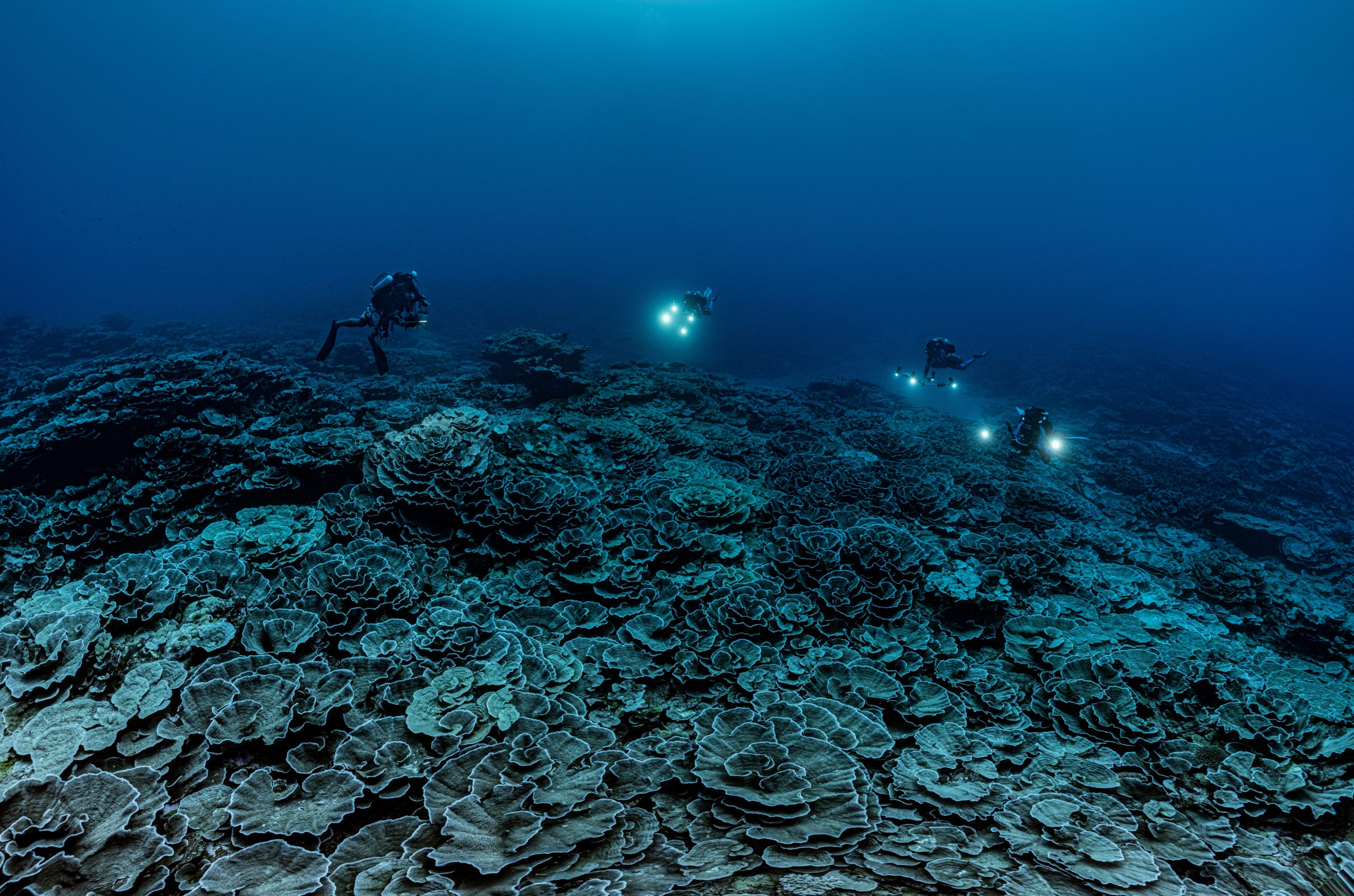
This lack of light also explains the corals’ unique shape on this reef — and why it may have survived in an ocean that’s increasingly deadly to other corals. Corals in regions of the ocean with more light often grow in branch-like shapes, which could make them more vulnerable to rising temperatures. This coral, like others in the mesophotic zone, had to maximise its surface area in order to take advantage of the low light, resulting in the petal-like pattern. That could make it hardier than other types of coral to the impact climate change is having on the oceans.
“We think that deeper reefs may be better protected from global warming,” marine biologist Laetitia Hédouin told CNN. “So the discovery of this reef in such a pristine condition is good news and can inspire future conservation.”
There Could Be More Corals Like It
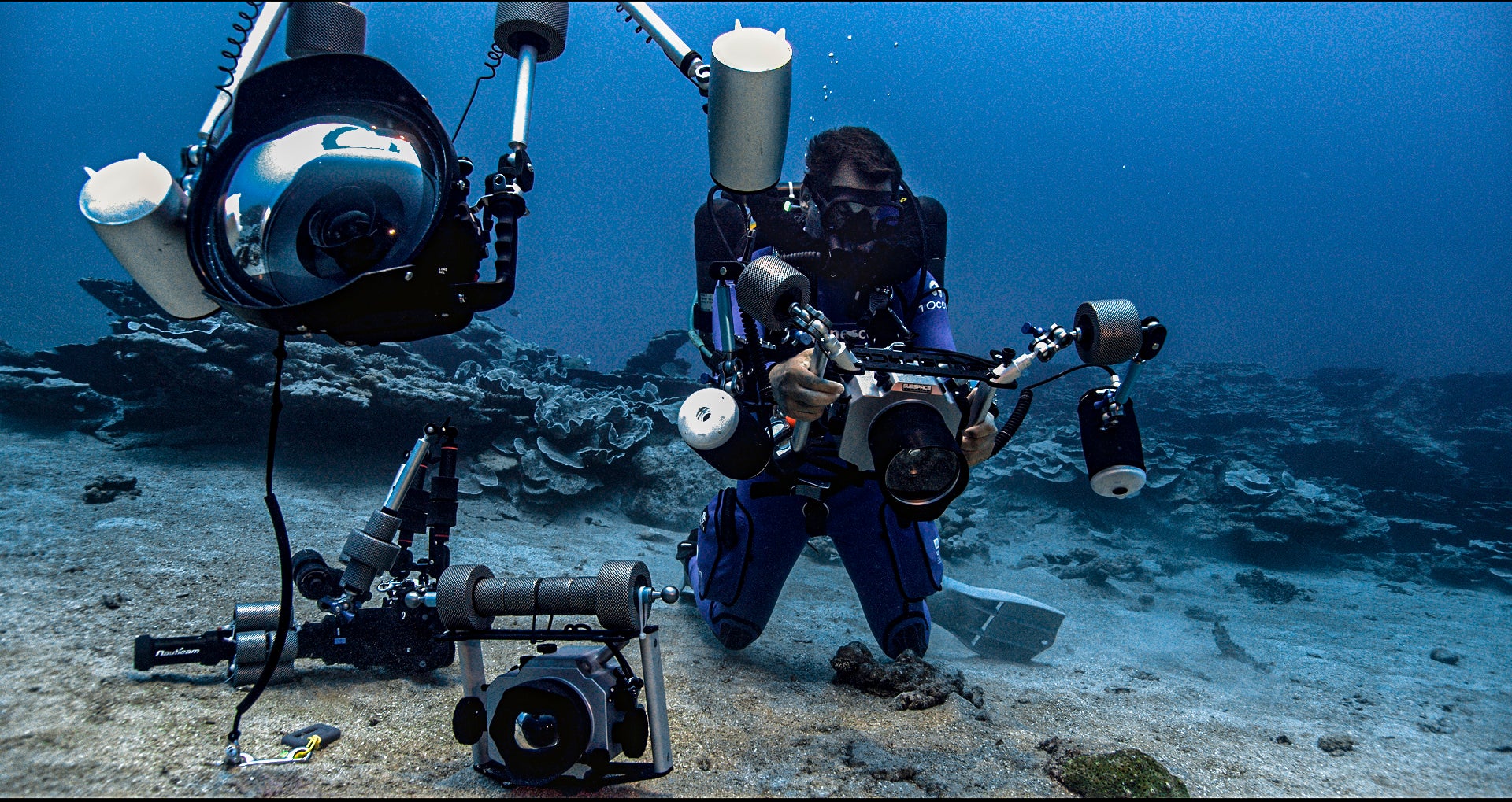
Corals have been documented in the mesophotic zone before, including in canyons off Australia. But much of this zone remains unexplored, and only about 20% of the ocean’s floor has been mapped in high resolution. Based on this and other discoveries, researchers believe there could be even more reefs are out there waiting to be discovered.
“The fact that we are finding a very healthy and pristine coral reef at depths of 30 to 70 metres is quite unusual,” Barbière told the Washington Post. “There could be all those reefs out there that have not been mapped or studied.”
The Reef Is a Rare Bright Spot
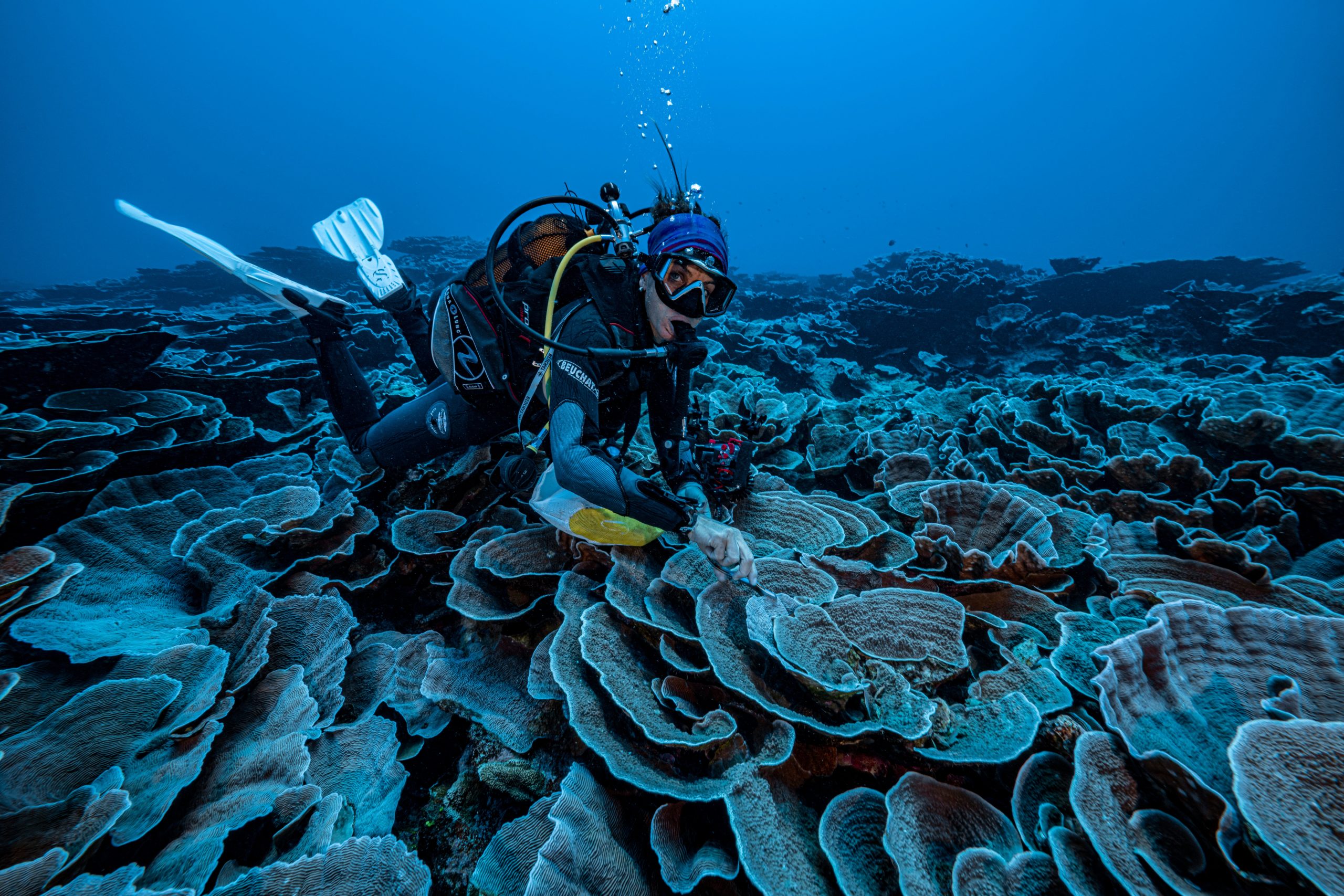
The way this reef is thriving stands in sharp contrast to how climate change, ocean acidification, pollution, and other inputs have wreaked havoc on much of the world’s coral reefs. Studies have shown that coral ecosystems have declined worldwide by half since 1950, and all of Earth’s corals could be gone by the end of the century if the world doesn’t end the use of fossil fuels.
The Great Barrier Reef in Australia has been particularly susceptible, suffering multiple bleaching events in recent years; a study released in 2020 found that coral populations of all ages and locations across the massive reef have nosedived over the past two decades, indicating that the reef is in a death spiral.
Why This Shows the Need to Invest In Ocean Exploration

Given the pressures climate change is putting on the planet, the new find is an excellent reminder of the value to keep exploring. Deep-sea reefs could offer a refuge for coral and other ocean creatures. Knowing where they are could allow for their protection.
“While we are witnessing major investment in space exploration, there’s not enough on studying our own home and the ocean in particular,” Barbiere told CNN. “And I think this is really where we want to put our emphasis in the next 10 years — to create the knowledge we need to put the planet on the sustainable path through marine protected areas.”
